6 Finchley Road to St Johns Wood station
St Johns Wood station 1937
The escalators lead to a low-level concourse, which retains its original pendant sphere light fittings and cream terrazzo with black subdivisions and skirting. The concourse and platforms feature cream wall tiles with brown and yellow trims, and there are some moulded patterns by Harold Stabler (manufactured by Carter & Company, Poole, in 1936) including designs of St Paul’s Cathedral, the Palace of Westminster, 55 Broadway and Thomas Lord (after whom the nearby cricket ground is named). The platform tiling also contains the station name, and signage, seating recesses with oak seating and grilles have also been carefully incorporated into the tiling. The ceiling is painted plaster. Platform floors are precast concrete.
St John’s Wood tube station was one of the many Underground stations that was taken over by the public when night bombing began in the Second World War, despite this being banned by the Government. People just bought a ticket and went down to the platforms as the last trains left and refused to leave; they later set up camp on a more organised basis. Soon the Government capitulated and welfare organisations provided canteens and libraries, and bunks were installed. g air raids.
Verily Anderson in Spam Tomorrow describes how she and her husband and two babies fled to the station at midnight when their house in St John’s Wood Park had been subjected to a prolonged attack of incendiary bombs which spluttered silver fire in their garden. I could hear them bouncing off the roof. We leaned over the babies with our backs to the now open window as another bomb came down and another. We could hear a plane dive just above us. The guns clatttered out, shaking the house again. [When they reached the station] inside the circular entrance to the station, lights glowed and quietness soothed. The escalators were stationary. We left the prams at the top and walked down, carrying the babies and hiding the kitten in their shawls, in case animals were not allowed in public shelters. On the platform regular shelterers slept on steel and wire netting bunks.
Fifteen years after the end of the war the exterior of St John’s Wood station changed as flats were built on top of it but the station is now a listed building, because of its intactness and the rarity of some of its fittings. It has one of only three surviving sets of bronze escalator uplights and 2 underground roundel signs reading To Trains and Way Out.
St John's Wood station

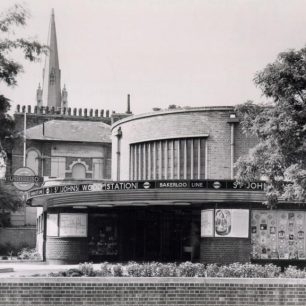
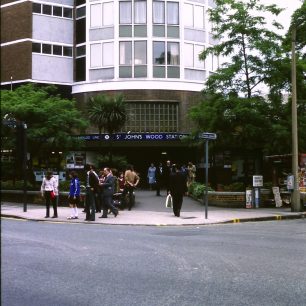
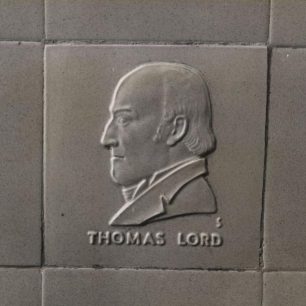
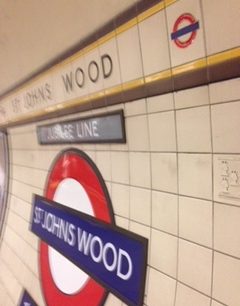
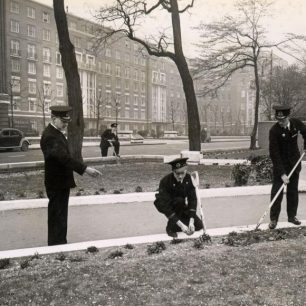
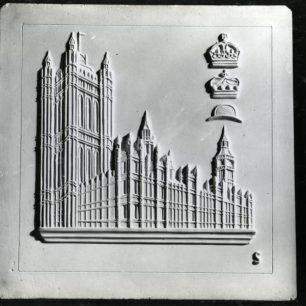





No Comments
Add a comment about this page